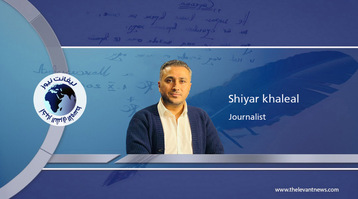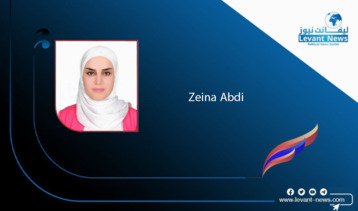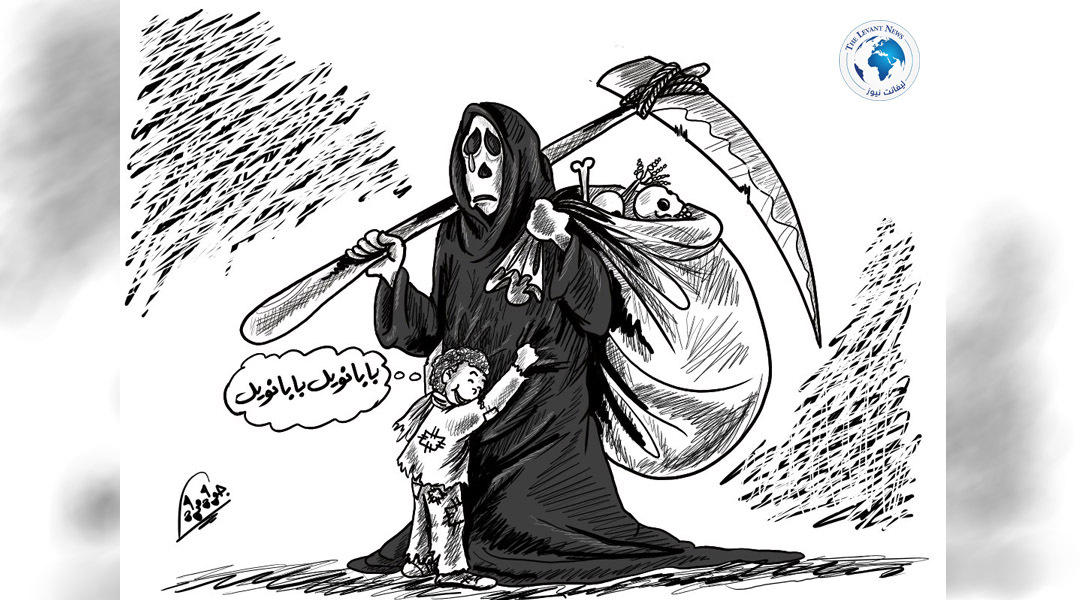-
Israel and Its Aims in Bombing Iran: Removing the Regime and Establishing Self-Preservation in a Changing Map

The Israeli bombing of Iran was not a transient event or a spontaneous reaction, but a calculated step within a long-term strategy aimed at achieving two main objectives. The first is a strategic, existential goal: the removal of the Iranian regime itself to protect Israel from the entrenched ideological threat rooted in the “Guardianship of the Jurist” (Wilayat al-Faqih) system, which seeks to annihilate the state of Israel based on the fatwa issued by Khomeini in the first year of the Mullahs’ rule. The second is a tactical, intermediate goal: weakening Tehran’s nuclear and missile military infrastructure, paving the way to redraw the balance of power in the Middle East.
The conflict between Israel and the Islamic Republic of Iran has never been a traditional political dispute; rather, it is a fundamental ideological struggle. Tehran, from the podiums of Qom, insists that the very existence of Israel is illegitimate.
Therefore, the issue extends beyond Iran's nuclear reactor or ballistic missiles to encompass the entire Iranian project in the region, including its arms and tools—ranging from Hezbollah in Lebanon, to the Popular Mobilization Forces in Iraq, the Houthis in Yemen, and Palestinian factions affiliated with the axis.
Although a potential ceasefire might be entertained at the horizon, it would only be temporary and superficial. Because the geopolitics governing Iran, Turkey, Syria, and Iraq, according to the Israeli-American perspective, must be dismantled and reconstructed. The continued survival of these current political regimes means, for Israel, that the threat remains present even in transformed forms.
Hence, the United States, even in the event of returning to negotiations, does not hide its intentions to impose additional conditions—conditions that extend beyond the nuclear issue to compel Tehran to halt support for its regional arms, as a prelude to stripping it of its capacity to threaten Israel’s security or interfere with the balances among neighboring states.
American hostility towards Tehran is not a momentary development; it has been ongoing since the Iran hostage crisis at the U.S. embassy in Tehran during Jimmy Carter’s era, the bloody operations targeting U.S. soldiers in Lebanon, and the continuous pressure exerted by the Iranian opposition lobby in Washington, which is no less influential than the Israeli lobby in shaping positions within American political circles.
Therefore, any potential resumption of negotiations—whether through international mediation or via the International Atomic Energy Agency—will not be unconditional. It will be contingent upon a fundamental change in Iran’s regional behavior and the disarmament of its military tools that threaten Israel and its allies.
Here, Israel’s aims intersect with a broader American agenda: redrawing the Middle East map based on new foundations—dismantling Iranian influence and later neutralizing Turkey’s expansion. This explains Ankara’s early move to create a preemptive ceasefire before Iran falls as the primary shield, leaving Turkey to face the upcoming storm, fearing that it might be the next to collapse after Iran’s wall crumbles.
Geography alone can no longer protect states, nor can ideologies justify aggression. The map being drawn now—in the shadow of missiles and negotiations—is of a new Middle East born from the ashes of old illusions: the illusions of “Resistance,” which turned into a cover for sectarian hegemony, and the illusions of “sacred alliances,” built upon the remnants of sectarian oppression and religious militarism.
Israel, along with decision-making centers in the West, has realized that the era of silence has ended. Tehran as an ideological and military power no longer only threatens borders but also endangers the structure of modern political order—one that can no longer tolerate the domination of beliefs over state logic or the duality of weapons under the banner of religion.
The collapse of the Iranian project—its ideological and military forms—is not the end of a battle, but rather the end of a phase. It marks the closure of a history of ideological claims and expansion under false slogans, and the repositioning of the values of a rational state—not a messianic religious state—and the re-establishment of real power balance, not just rhetorical balance.
Thus, it becomes clear that what is happening today is not merely a conflict between states, but a clash of visions: between a past dragging itself as a heavy corpse and a future attempting to escape decay.
Dr. Mahmoud Abbas
Tags
You May Also Like
Popular Posts
Caricature
opinion
Report
ads
Newsletter
Subscribe to our mailing list to get the new updates!




















